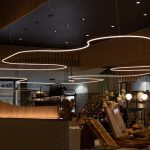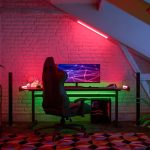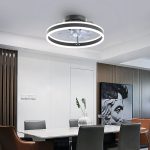Wiring a Fluorescent Light Fixture for LED: A StepbyStep Guide
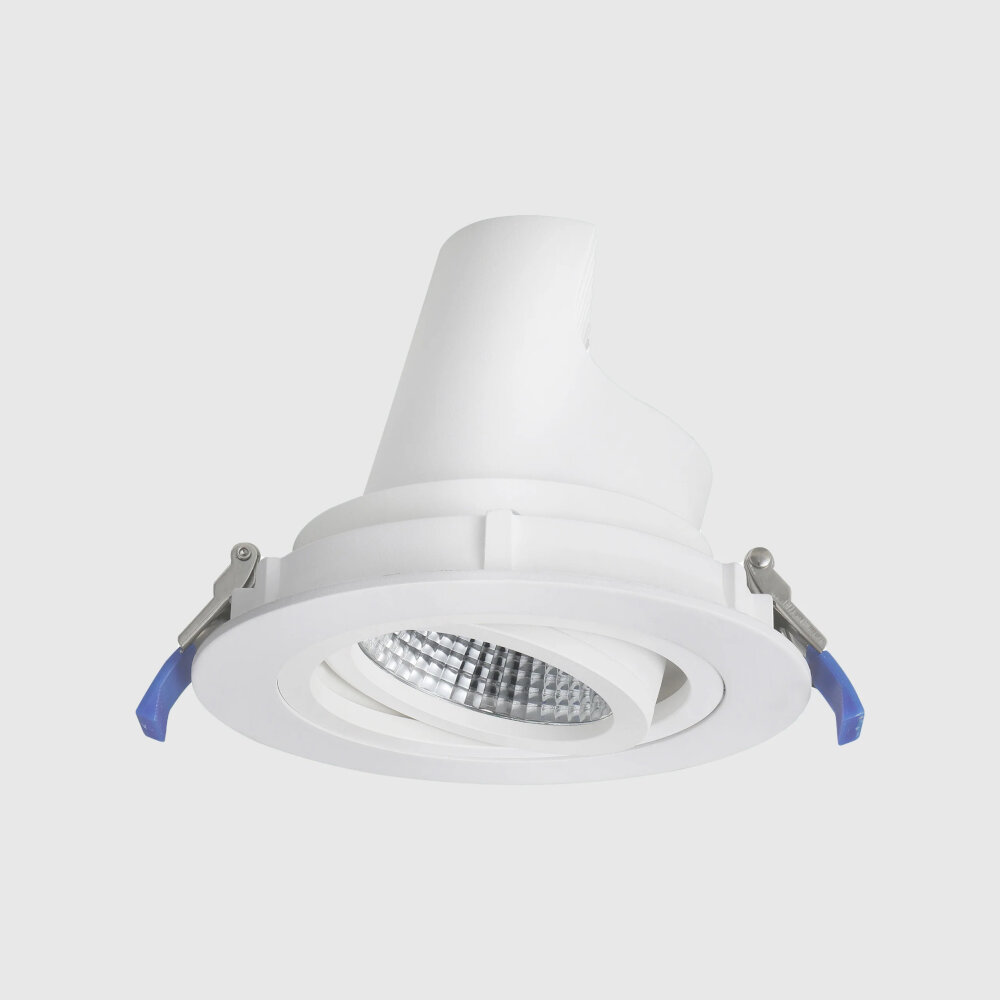
In the modern world, LED lights have become increasingly popular due to their energy efficiency and durability. However, many people still have fluorescent light fixtures installed in their homes or workplaces, and may be hesitant to replace them entirely. The good news is that it is possible to convert a fluorescent light fixture to use LED bulbs instead, and this can be a cost-effective and environmentally friendly solution. This step-by-step guide will walk you through the process of wiring a fluorescent light fixture for LED bulbs, so that you can enjoy the benefits of modern lighting technology without having to invest in a whole new fixture. Before you begin the process of converting your fluorescent light fixture to LED, it is important to understand a few key concepts. First, it is crucial to make sure that the LED bulbs you are planning to use are compatible with your existing fixture. Some fluorescent fixtures require special LED bulbs that are designed to work with the ballast, while others require the ballast to be bypassed entirely. Additionally, you will need to make sure that the wiring in your fixture is in good condition and that you have the necessary tools and materials on hand. By following this step-by-step guide, you can ensure that the process of wiring your fluorescent light fixture for LED is safe, efficient, and effective.
Converting fluorescent light fixtures to LED is a smart and cost-effective decision for several reasons. LED lights are more energy-efficient and have a longer lifespan than traditional fluorescent bulbs. They are also much brighter and emit a more natural light, making them ideal for use in a variety of settings, including homes, offices, and retail spaces. Additionally, LED lights do not contain harmful chemicals like mercury, which is found in fluorescent bulbs, making them safer for the environment. Finally, LED lights are easier to install and require less maintenance, which means less time and money spent on upkeep. Overall, converting fluorescent light fixtures to LED is a smart investment that will not only save you money but also improve the quality of your lighting.
Wiring a fluorescent light fixture for LED is a fairly simple process that can be completed by most people with some basic electrical knowledge. The first step is to turn off the power to the light fixture at the circuit breaker. Next, the old fluorescent tube and ballast need to be removed and replaced with the new LED driver and LED tube. The wires from the driver are connected to the wires in the fixture, using wire nuts to secure the connections. The LED tube is then inserted into the fixture and secured in place. Finally, the power can be turned back on and the new LED light can be tested to make sure everything is working properly. With a few basic tools and some careful attention to detail, anyone can successfully wire a fluorescent light fixture for LED.
Gather Materials and Tools
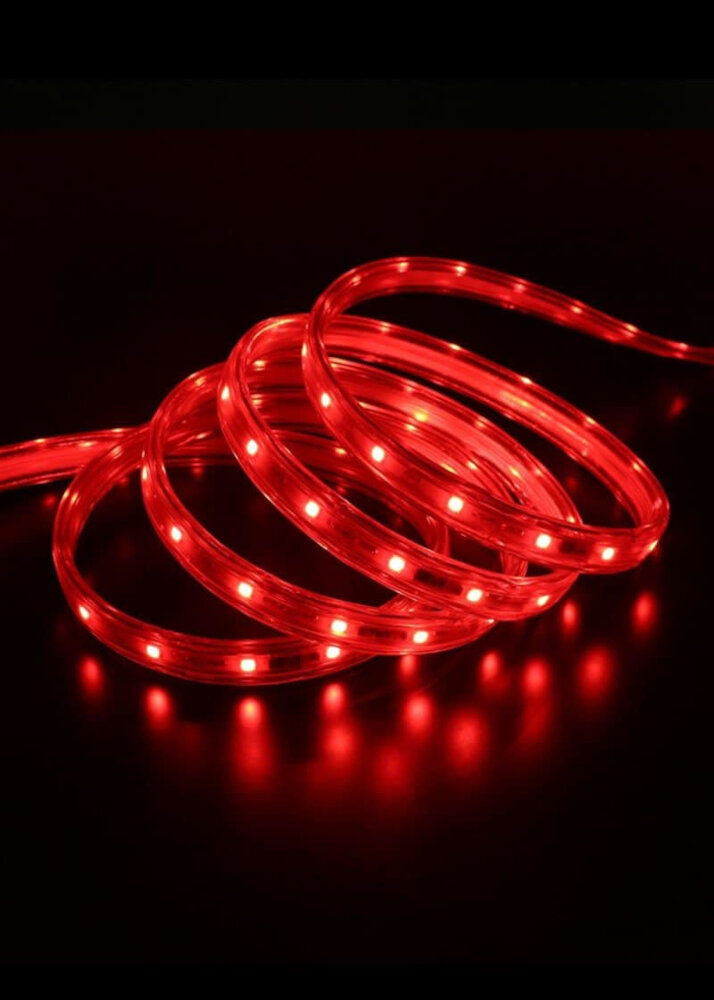
Before you start wiring a fluorescent light fixture for LED, make sure you have all the necessary materials and tools at hand. First, you will need to purchase an LED tube that is compatible with your fixture. It is important to note that not all fluorescent fixtures can be easily converted to LED, so do some research beforehand to ensure that your fixture is compatible. Additionally, you will need wire strippers, electrical tape, wire nuts, and a screwdriver. Make sure to select the appropriate wire nuts for the gauge of wire you will be using. Consult your local hardware store if you are unsure about which materials and tools you will need. Having everything ready beforehand will save you time and frustration during the wiring process. Once you have gathered all the necessary materials and tools, it is important to take safety precautions before starting the wiring process. Turn off the power to the fixture at the circuit breaker before working on it. Double check that the power is off by using a non-contact voltage tester to ensure that no electricity is flowing through the wires. Wear protective gloves and eyewear to prevent accidents or injury. Keep the area around the fixture clear of any clutter or debris, and work in a well-lit area to avoid any potential hazards. Remember to take your time and follow the wiring instructions carefully to ensure that your LED conversion is successful.
When it comes to wiring a fluorescent light fixture for LED, there are a few essential tools and materials that you’ll need to have on hand. To start, you’ll need a wire stripper, electrical tape, wire nuts, a screwdriver, a voltage tester, and a drill with a 1/2-inch drill bit. Additionally, you’ll need a new LED driver to replace the old fluorescent ballast, LED tubes to replace the old fluorescent tubes, and a new mounting plate to secure the LED driver. It’s important to make sure you have all of these tools and materials before you begin, as they will be necessary to complete the project safely and effectively. With these items in hand, you’ll be ready to get started on your fluorescent-to-LED conversion project.
It is imperative to follow safety precautions while wiring a fluorescent light fixture for LED. Electrical work involves high voltage currents, which can be fatal if not handled with care. Taking necessary safety measures can prevent electric shocks, burns, and other accidents. Some vital precautions include turning off the power supply, using insulated tools, wearing protective gear, and avoiding contact with water or wet surfaces. Following safety guidelines not only safeguards the electrician but also ensures the safety of the building’s occupants. It is crucial to prioritize safety to avoid any potential hazards and ensure that the wiring job is done correctly.
Remove the Fluorescent Components
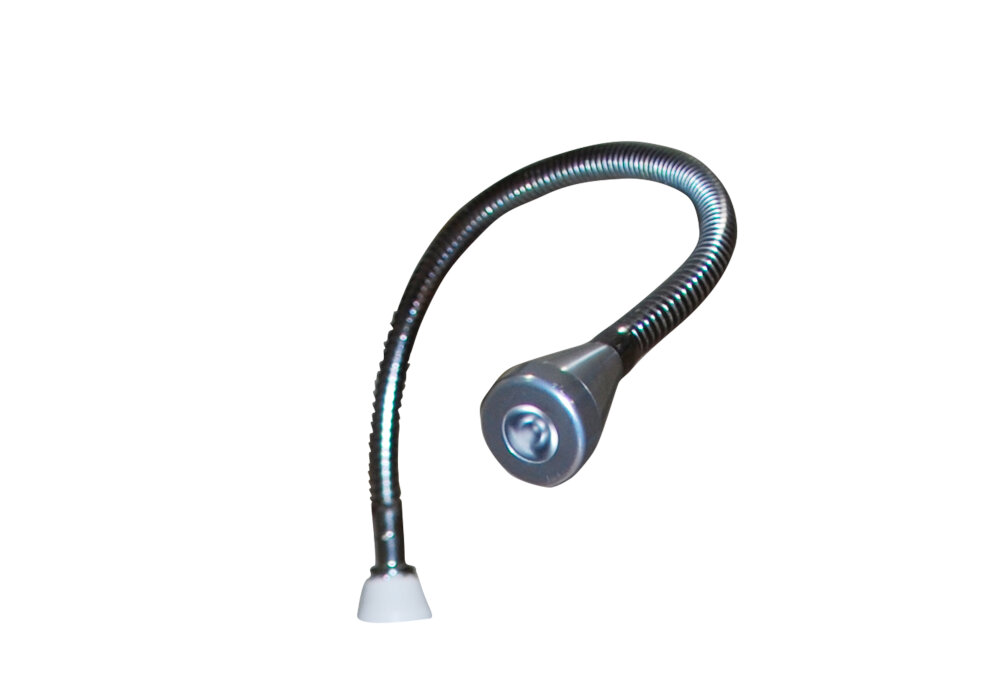
Fluorescent light fixtures are often used in commercial and industrial settings due to their energy efficiency and long lifespan. However, as LED technology continues to improve, many people are opting to retrofit their fluorescent fixtures with LED bulbs. One important step in this process is to remove the fluorescent components from the fixture. This includes the ballast, starter, and any other components that are specific to the fluorescent bulb. Removing these components ensures that the LED bulb will function properly and efficiently. The ballast is a particularly important component to remove when retrofitting a fluorescent fixture with LED bulbs. Ballasts are used to regulate the electrical current to the fluorescent bulb, but they are not compatible with LED bulbs. In fact, using a ballast with an LED bulb can cause flickering, buzzing, and even damage to the bulb. By removing the ballast and other fluorescent components, you can ensure that your LED bulbs will function optimally and provide a bright, energy-efficient light source for your home or business.
Removing the ballast and other fluorescent components from a light fixture is an important step if you want to convert it to LED. To start, turn off the power to the fixture and remove the fluorescent tubes. Next, locate the ballast and remove it along with any other components that are specific to fluorescent lighting. This may include starters, capacitors, and sockets. Be sure to follow any instructions that come with your LED conversion kit and use wire cutters and strippers to carefully disconnect any wires that are connected to the ballast or other components. Once everything is removed, you can begin wiring your LED driver and connecting your LED tubes.
Despite the focus on wiring a fluorescent light fixture for LED, it is crucial to discuss the significance of the proper disposal of hazardous materials. The handling and disposal of hazardous materials like fluorescent bulbs, ballasts, and other electrical components pose a threat to public health and the environment. These materials contain toxic chemicals such as mercury, lead, and cadmium that can cause serious health problems when not disposed of properly. These chemicals can seep into the soil and water, leading to contamination of the environment and potential health hazards. Therefore, it is crucial to follow the proper disposal guidelines set by the Environmental Protection Agency (EPA) to reduce the negative impact on the environment and human health.
Install the LED Driver
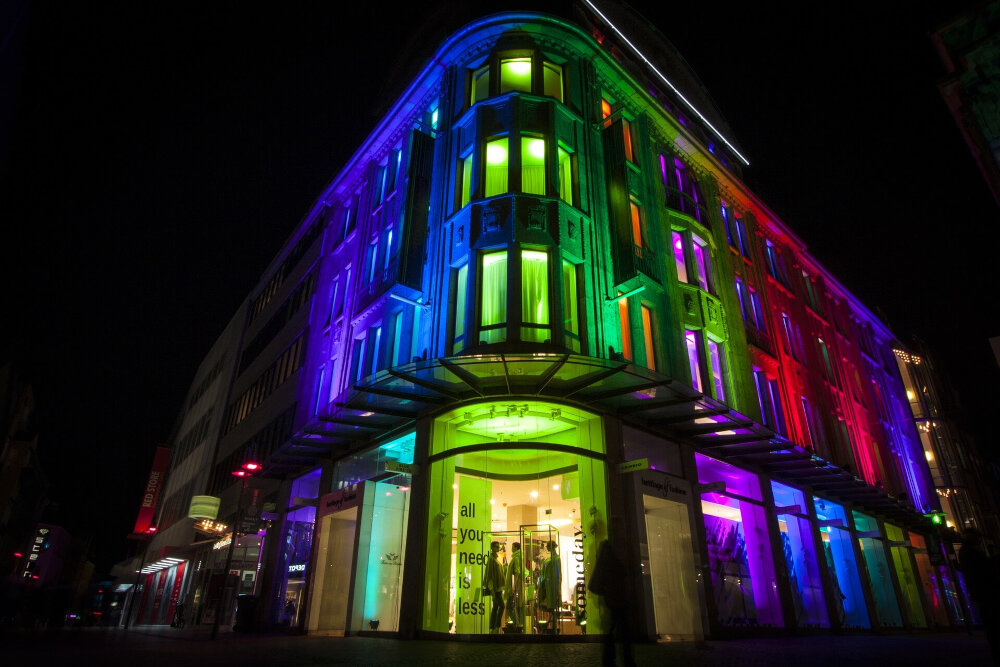
Installing the LED driver is an essential step when wiring a fluorescent light fixture for LED. The LED driver is responsible for regulating the amount of electricity that reaches the LED lights, ensuring they operate at the correct voltage and current. When installing the LED driver, it’s essential to follow the manufacturer’s instructions carefully. Typically, the LED driver will need to be connected to the positive and negative wires of the fixture, and it may also require a ground wire connection. It’s crucial to ensure that all connections are secure and that no wires are exposed, as this can be a safety hazard. Before installing the LED driver, it’s important to ensure that it’s the appropriate size and type for the LED lights you’re using. Choosing an LED driver that’s too small can result in insufficient power to the lights, while choosing one that’s too large can waste energy and potentially damage the lights. It’s also important to note that LED drivers may have different dimming capabilities, so if you plan to use a dimmer switch, you’ll need to choose an LED driver that’s compatible with your specific switch. Once the LED driver is installed, it’s a good idea to test the lights to ensure they’re functioning correctly before closing up the fixture.
An LED driver is an electronic device that controls the amount of power delivered to an LED. It works by converting the line voltage (120V AC) to the voltage and current required by the LED. The driver also protects the LED from voltage fluctuations, spikes, and surges, ensuring that it operates safely and efficiently. The function of the LED driver is to provide a constant current to the LED, preventing it from overheating and burning out. It also helps to extend the lifespan of the LED by regulating the amount of power it receives. In short, the LED driver is an essential component of any LED lighting system, as it ensures that the LED operates reliably and efficiently.
Installing an LED driver is a crucial step when wiring a fluorescent light fixture for LED. First, turn off the power supply to the fixture to avoid electrical shocks. Then, remove the ballast and starter from the fixture and disconnect the power source wires. Next, connect the LED driver wires to the power source wires, following the manufacturer’s instructions. Make sure to connect the wires correctly to avoid any short circuits. Finally, attach the LED tubes to the fixture and turn on the power supply to test the installation. With these simple steps, you can easily install an LED driver and convert your fluorescent fixture to energy-efficient LED lighting.
Connect the LED Tubes
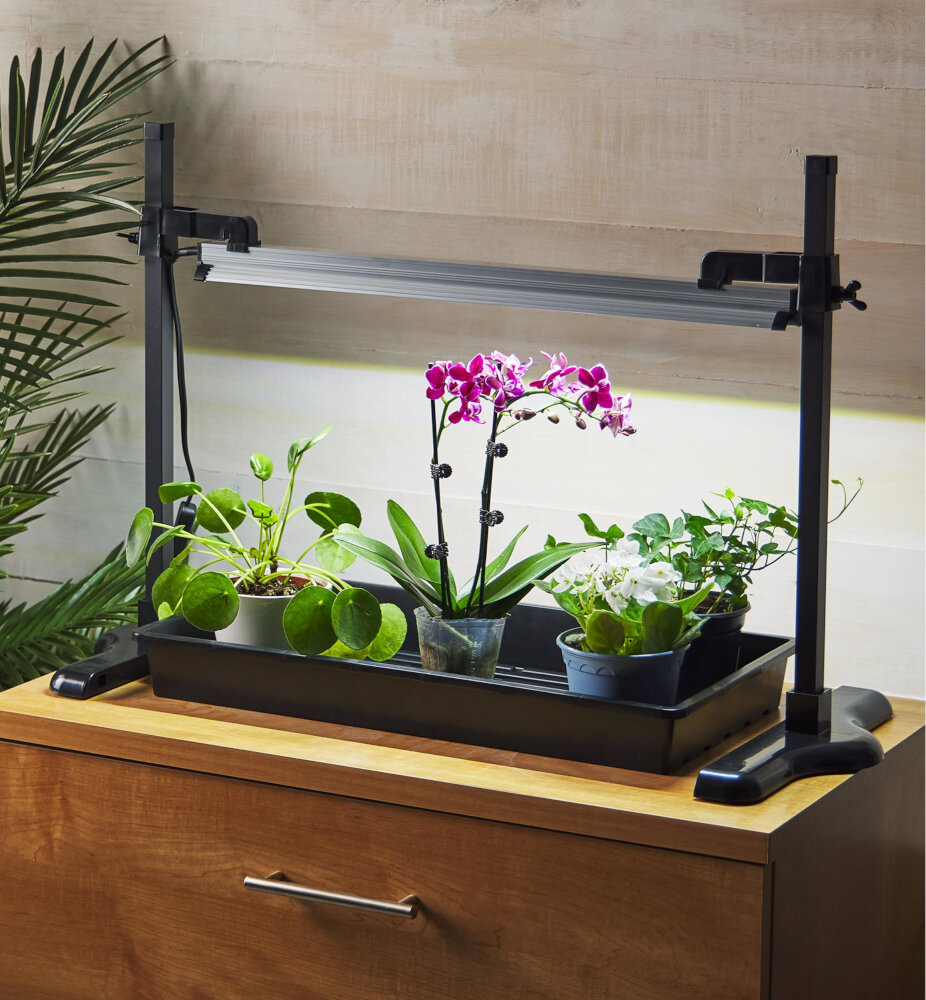
When it comes to wiring a fluorescent light fixture for LED, connecting the LED tubes is one of the most important steps. LED tubes are designed to be a direct replacement for fluorescent tubes, but they require a different type of wiring. The first thing you need to do is remove the old fluorescent tubes and ballast from the fixture. Once you have removed the old components, you can start connecting the LED tubes. To connect the LED tubes, you will need to follow the wiring diagram provided with the tubes. Most LED tubes come with a simple wiring diagram that shows you how to connect the tubes to the fixture. You will typically need to connect the positive and negative wires from the LED tube to the positive and negative wires from the power source. It’s important to make sure that you connect the wires correctly to avoid any safety hazards. Once you have connected the LED tubes to the power source, you can turn on the power and test the lights to make sure they are working properly.
Connecting LED tubes to a fluorescent light fixture requires careful attention to detail to ensure safety and proper functionality. Begin by turning off the power to the fixture and removing the fluorescent tubes. Then, remove the ballast and starter and connect the LED driver to the sockets. Carefully follow the wiring diagram provided with the LED tubes, making sure to connect the positive and negative wires to the corresponding sockets. Once all the connections have been made, replace the tubes and turn the power back on to test the fixture. With proper installation, LED tubes can provide energy-efficient and long-lasting lighting for any space.
Connecting LED tubes to a fluorescent light fixture is a simple and straightforward process. First, the power supply to the fixture should be turned off. Then, remove the fluorescent bulbs and ballast from the fixture. Next, connect the wires from the LED driver to the fixture’s power supply wires based on the manufacturer’s instructions, making sure to match the correct wire colors. Once the wires are securely connected, install the LED tubes into the fixture and turn the power supply back on. It is essential to follow the manufacturer’s instructions carefully to ensure proper installation and avoid any potential safety hazards. With these simple steps, you can successfully replace your old fluorescent bulbs with energy-efficient LED tubes, providing bright and long-lasting lighting for your space.
Converting fluorescent light fixtures to LED provides a multitude of benefits. Firstly, LED lights are more energy-efficient than fluorescent lights, which translates to lower energy bills and longer-lasting bulbs. Secondly, LED lights emit less heat, making them safer and more comfortable to use. Thirdly, LED lights offer a wider range of colors and customizable options, allowing for more creative flexibility in lighting design. Additionally, LED lights have a longer lifespan than fluorescent lights, reducing maintenance and replacement costs. Overall, converting to LED lighting is a smart choice for both economic and environmental reasons.
Wiring a fluorescent light fixture for LED requires several steps that should be followed carefully to ensure a smooth and safe installation process. Firstly, turn off the power source to the fixture to avoid any electrical hazards. Secondly, remove the fluorescent tubes and ballast from the fixture, and then install the LED tubes. After that, wire the LED tubes to the fixture by connecting the live and neutral wires. It is essential to ensure that the wiring is done correctly by using wire nuts or connectors. Finally, reinstall the fixture cover and turn on the power source to test the LED lights. With these steps, you can successfully and safely wire a fluorescent light fixture for LED.
In conclusion, converting a fluorescent light fixture to LED can be a cost-effective and energy-efficient solution for your lighting needs. However, it is important to take the necessary safety precautions when working with electrical wiring. Make sure to turn off the power to the fixture before beginning any work and use the proper tools and materials. It may also be helpful to consult a professional electrician if you are unsure about any aspect of the conversion process. With the right approach and attention to detail, you can successfully wire your fluorescent light fixture for LED and enjoy the benefits of brighter, longer-lasting, and more eco-friendly lighting.
Conclusion
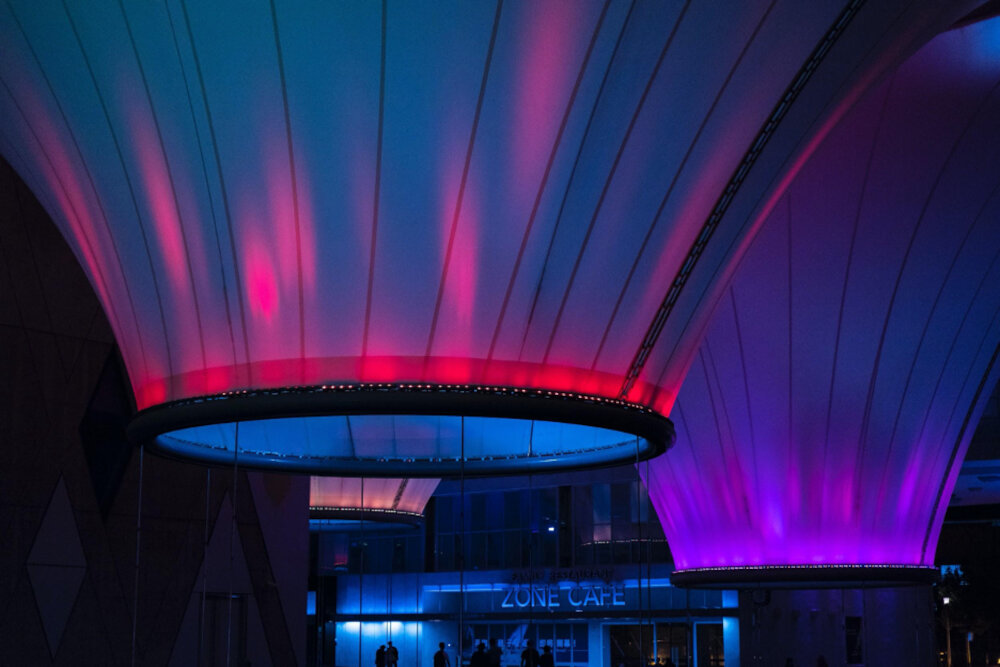
In conclusion, converting a fluorescent light fixture to LED can be a great way to save money on energy costs and reduce your carbon footprint. It may seem daunting at first, but by following the step-by-step guide provided in this article, anyone can successfully wire a fluorescent light fixture for LED. Not only will you be able to enjoy the benefits of LED lighting, such as improved energy efficiency and longer lifespan, but you will also have the satisfaction of knowing that you have taken a step towards a more sustainable future. So, whether you are a DIY enthusiast or just looking for a way to save money on your electricity bill, consider upgrading your fluorescent light fixtures to LED and start enjoying the benefits today!

